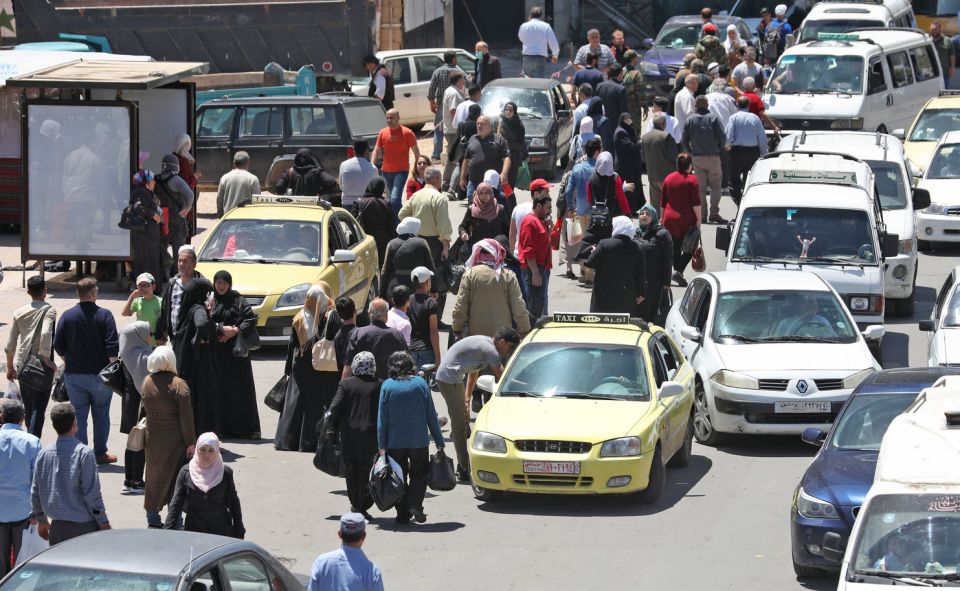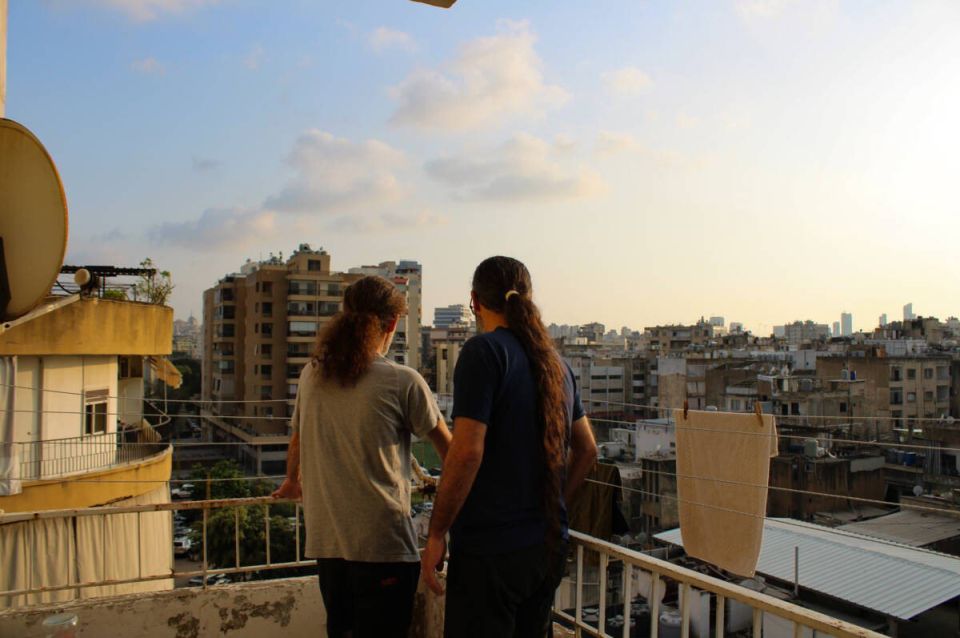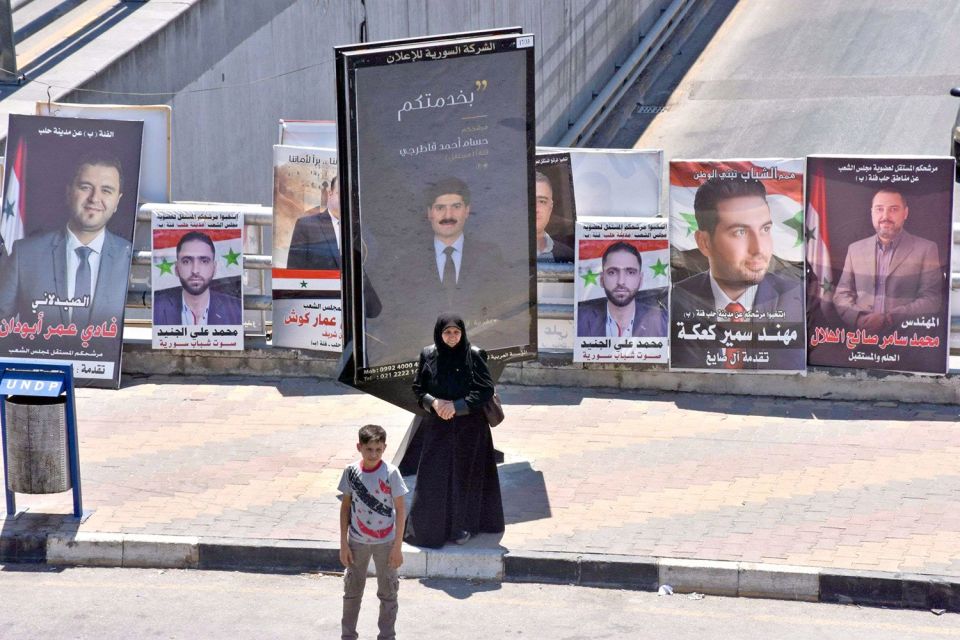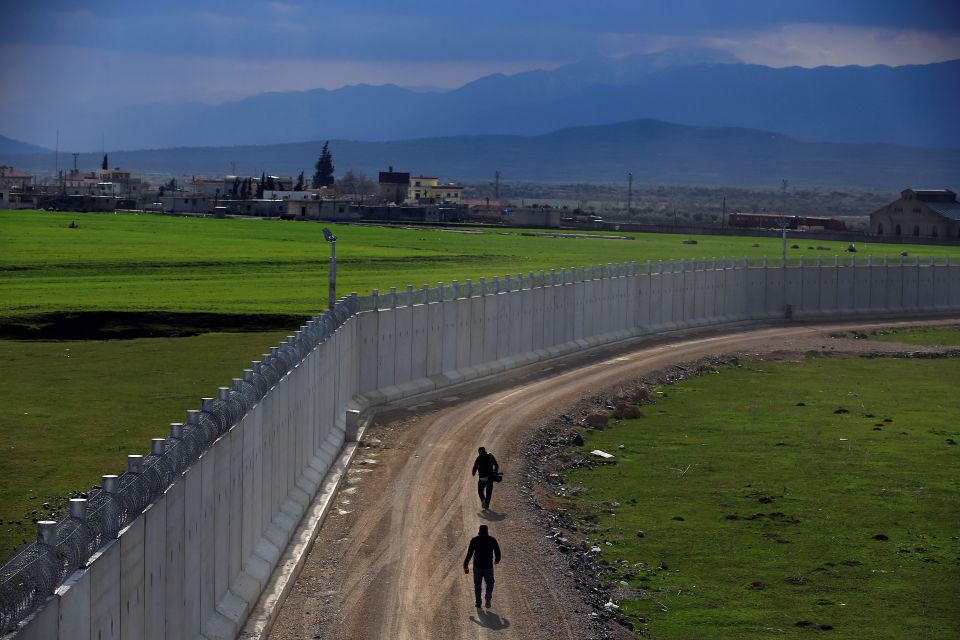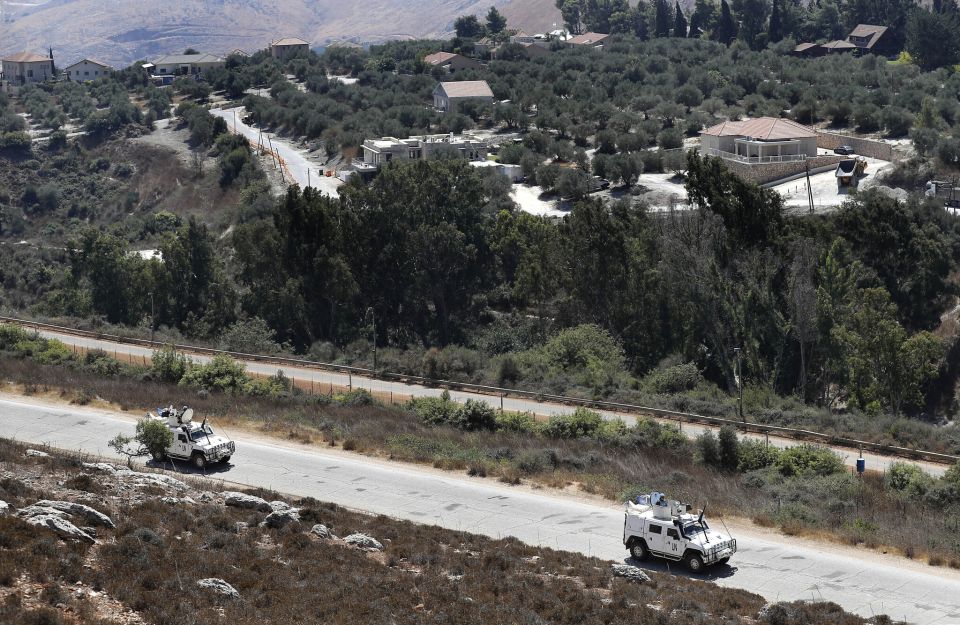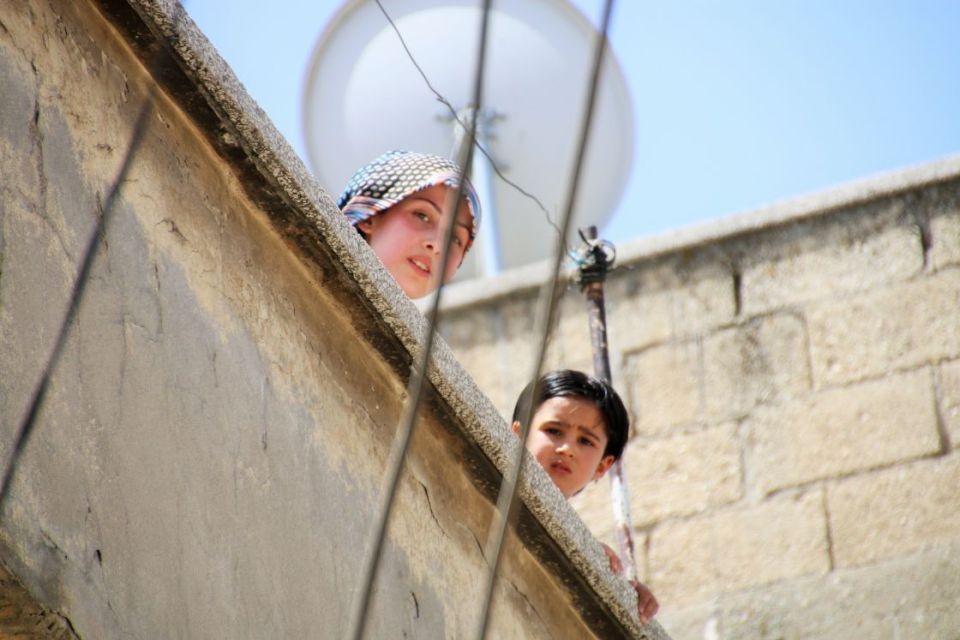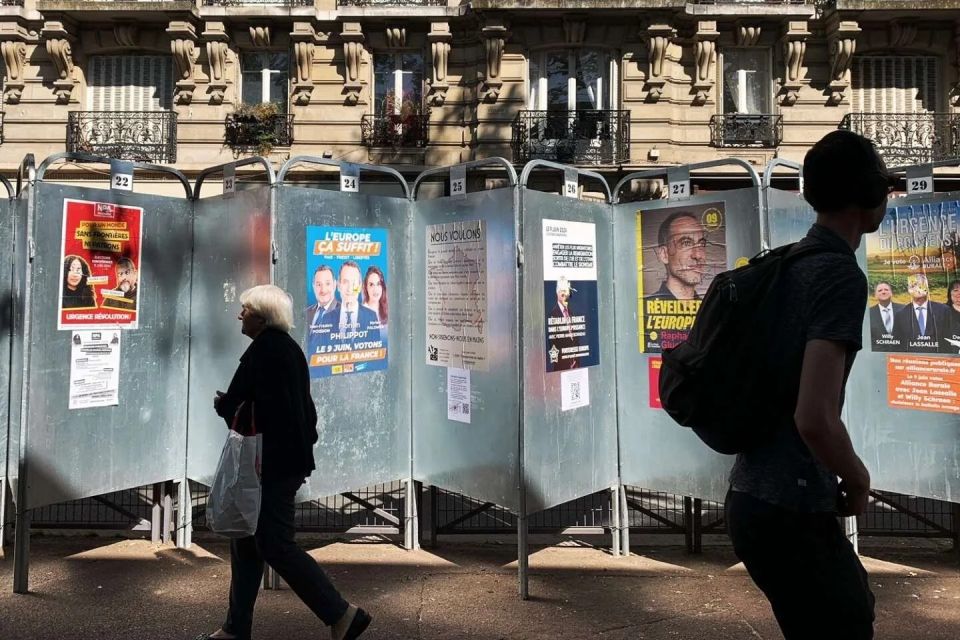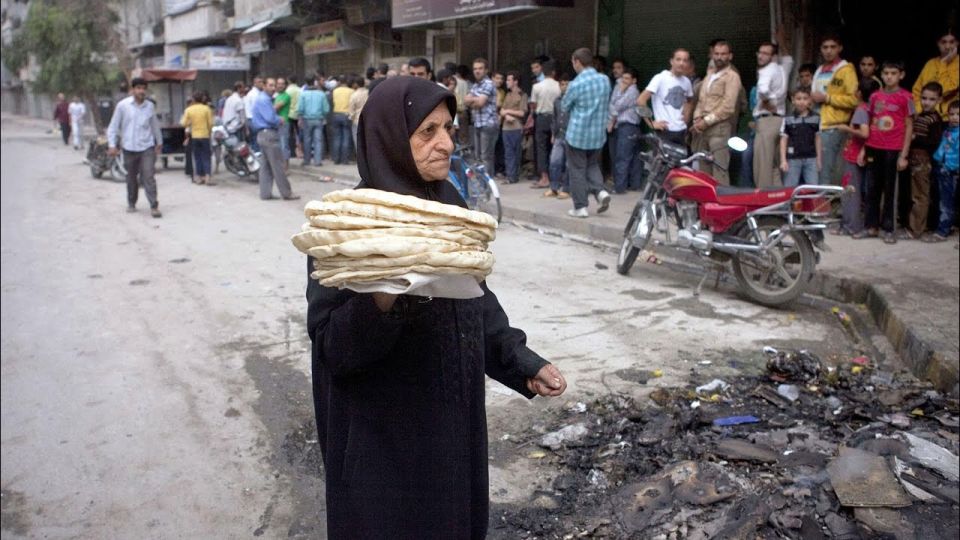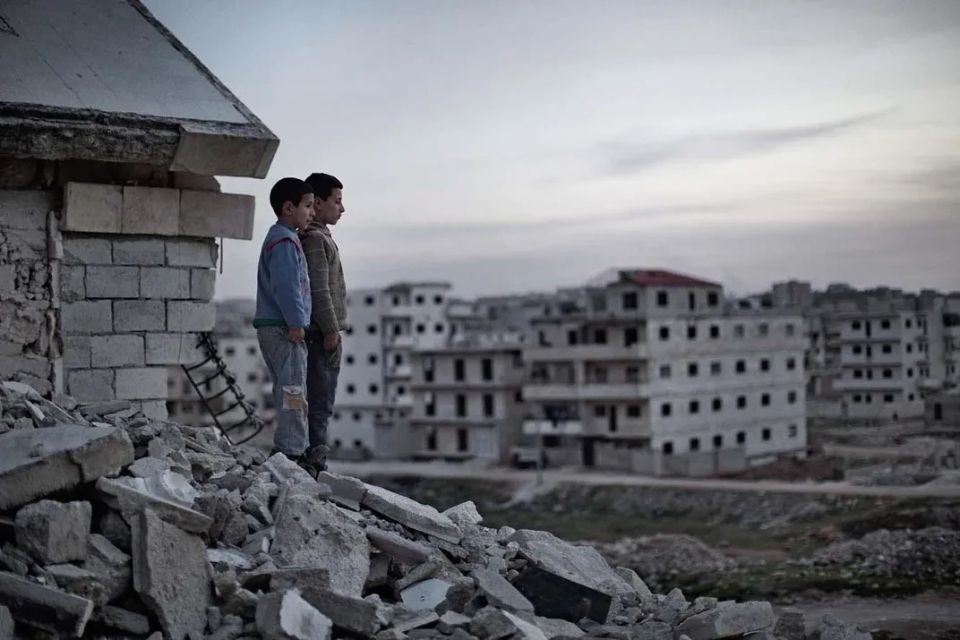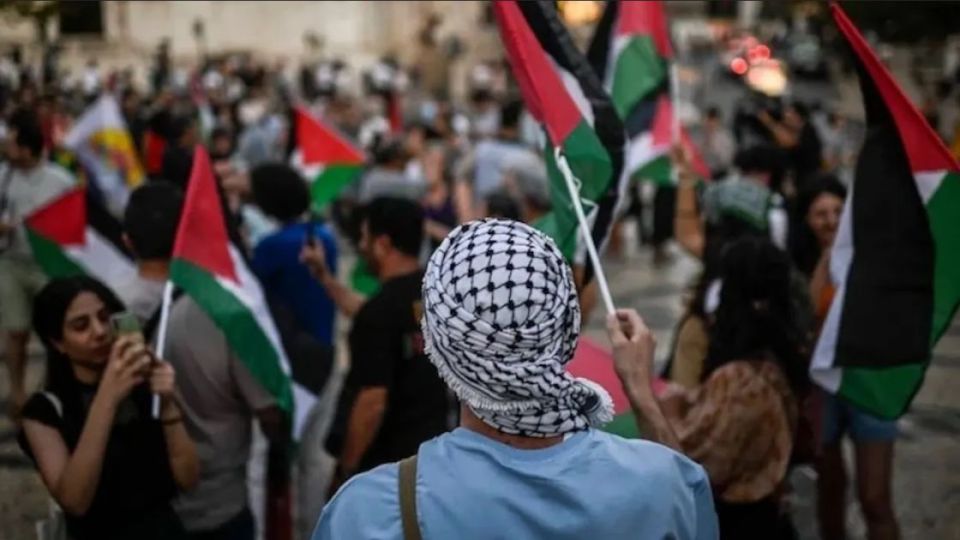
kassioun
email This email address is being protected from spambots. You need JavaScript enabled to view it.
The recent non-paper on Syria that a group of European countries launched, as well as the appointment of an Italian ambassador to Syria after a long hiatus, have sparked a series of reactions.
On the outside, things appear to be stagnant in Syria in the political sense. Whether it is talking about the brakes applied against the progress of the Syrian-Turkish settlement, or about the People’s Assembly elections that passed as if they had not happened, or about the West’s formal continuation of its same policies, and other indicators that are relied upon to say that nothing has changed and nothing will change anytime soon.
Tomorrow, Monday, July 15, new elections will be held for the Syrian People’s Assembly. These elections, like many elections that took place in Syria during the crisis and even before it, receive a modest amount of media attention, not to mention the low popular interest towards them.
The People’s Will Party (PWP) took a supportive position for an Astana-sponsored Syrian-Turkish settlement from the outset of talking about this subject in mid-2022. It is not an exaggeration to say that the PWP was among the first to ponder this idea and its importance on the pages of Kassioun even before it was announced. Despite the usual and expected attacks from the enemies of the political solution on all sides, nevertheless, the PWP continued to defend, explain, and interpret its position through a number of articles and studies.
Talk about the possibility of “Israel” launching a comprehensive war on Lebanon is occupying a considerable area of the Western, “Israeli”, and Arab media space. Notably, it is occupying in the Lebanese media, especially those working according to Western agendas, a greater space than that in the “Israeli” sites, particularly in the context of hyping-up, exaggeration, and intimidation.
A superficial look at the reality of things in Syria suggests that there is a state of continuing and worsening stagnation and “relative calm”. However, the essence of the situation is far from calm or stagnation. On the contrary, there is an active, renewed movement that is still in the beginnings of its new rise, but it is alive and full of energy, and happening in parallel in all parts of Syria.
The recent European Parliament elections results have been the focus of continued and widespread global attention. The coverage has included the news and analysis of the results, in addition to attempts to predict the near future of Europe and the world based on these results.
Over the past few days, there has been renewed talk about replacing “in-kind subsidies” or “consumer subsidies” with what is being called “cash compensation” or “cash support”.
The “step for step” project, sponsored by the US, for which it employs the Europeans and some Arabs as a front, is still the main password for interpreting many details of what is happening in the Syrian file at the local, regional, and international levels.
Despite the enormous complexity of the scene and its details, the picture of the conflict that the Palestinian resistance is waging is becoming clearer. Among the complex details of the scene, the following basic aspects can be noted:


